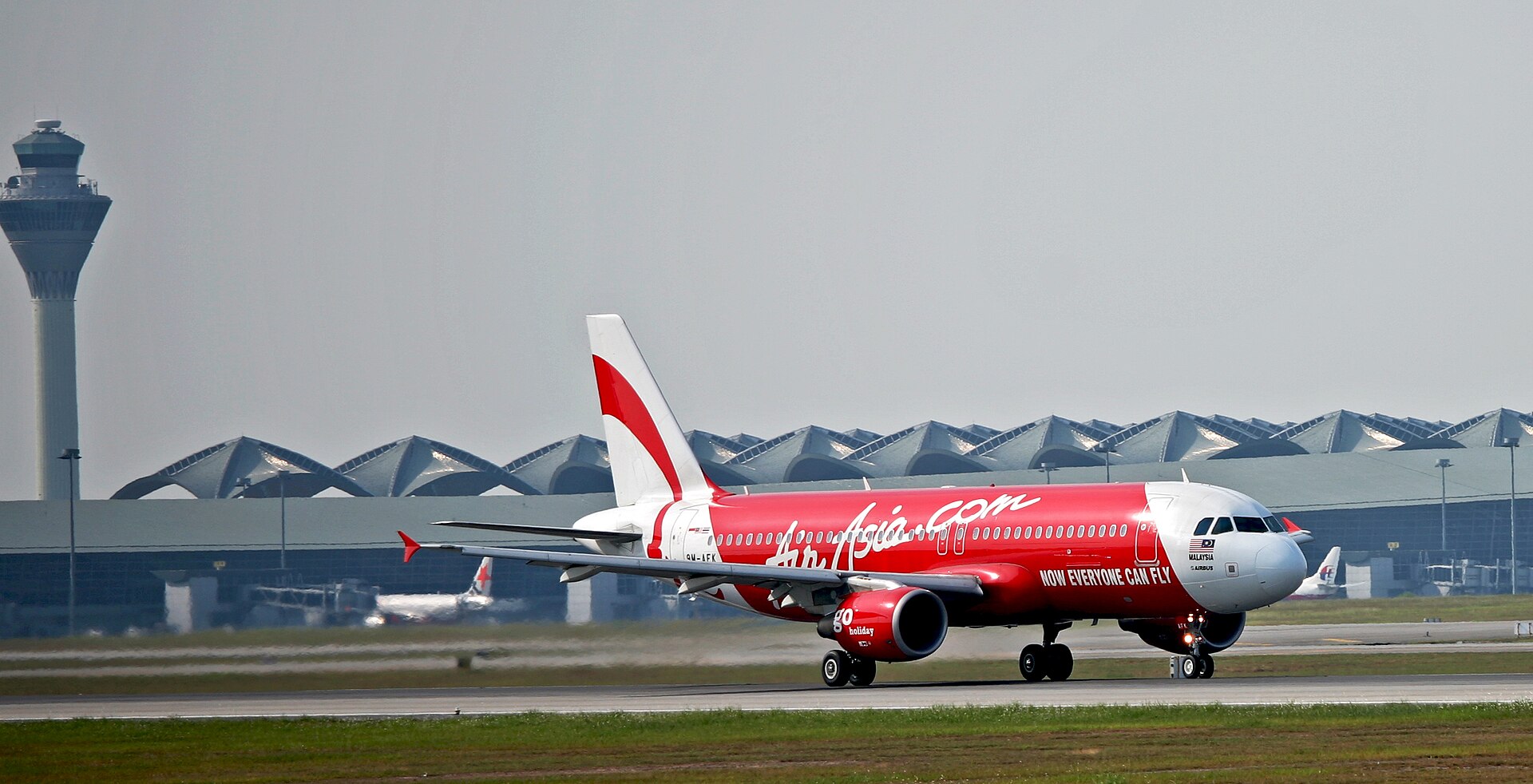
AirAsia Raises $1 Billion Capital
A Bold Recovery Plan
AirAsia is raising up to $1 billion in capital as part of a major recovery and growth strategy. The move comes as the airline positions itself to strengthen its financial footing, expand operations, and reclaim its place as the region’s leading low-cost carrier. This capital injection follows several difficult years for the aviation sector due to the COVID-19 pandemic, which severely affected air travel demand and forced many airlines to restructure.
The fundraising effort is being led by Capital A, AirAsia’s parent company. The capital will be raised through a combination of equity and debt instruments, including new share issuances, convertible notes, and strategic loans. The proceeds will be used to support AirAsia Aviation Group and AirAsia MOVE, the digital and lifestyle arm of the company. Capital A believes this effort will allow the group to reduce debt, increase capacity, and support long-term digital transformation.
AirAsia: Pioneer of Low-Cost Aviation
AirAsia is widely regarded as the pioneer of the low-cost carrier model in Southeast Asia. The airline transformed regional travel by making air transport affordable and accessible to millions. From its early operations in Malaysia, AirAsia expanded rapidly into Thailand, Indonesia, the Philippines, and other ASEAN countries. Its success inspired the creation of other budget airlines and changed the competitive landscape in the region.
AirAsia also became one of Airbus’s largest customers globally, operating a massive fleet of Airbus A320 aircraft. Its fleet size and standardisation on a single aircraft model helped it maintain low operational costs, high efficiency, and quick turnaround times, further solidifying its position as a low-cost leader.
Seizing Opportunity in a Changing Market
The decision to raise capital comes at a time of significant opportunity and change in the regional aviation market. Travel demand is rebounding strongly, especially across domestic and short-haul international routes. Budget-conscious travelers are returning in large numbers, creating favourable conditions for low-cost airlines to thrive again.
While competitors like Scoot and Cebu Pacific are actively restoring their networks, Jetstar Asia recently announced it would cease operations in Singapore. The exit of Jetstar from this key hub leaves a notable gap in the low-cost segment, one that AirAsia is well-positioned to fill. With the additional capital, the airline aims to lease more aircraft, reopen suspended routes, and strengthen its market share.
AirAsia Group CEO Tony Fernandes has expressed optimism about the future. He stated that the capital raise is not just about staying afloat but about rebuilding AirAsia into a leaner, more agile, and tech-driven leader in aviation. Fernandes added that the airline is now focused on long-term sustainability, digital expansion, and strategic growth.
Building Beyond Flights
A key part of the group’s vision involves AirAsia MOVE, formerly known as AirAsia Super App. This platform integrates services such as flight bookings, hotel reservations, food delivery, ride-hailing, and digital payments. By creating a one-stop travel and lifestyle ecosystem, AirAsia aims to diversify its income and engage customers beyond their flight journeys.
The investment into AirAsia MOVE reflects the group’s ambition to become more than just an airline. Capital A wants to position itself as a fully integrated digital travel and services provider. With Southeast Asia’s growing digital economy, this could unlock new revenue streams and reduce reliance on airfares alone.
Financial Challenges and Relisting Plans
Despite signs of recovery, Capital A still faces several financial challenges. Rising fuel prices, aircraft shortages, and currency fluctuations continue to weigh on the business. While operational performance has improved, credit rating agencies have flagged risks related to refinancing and debt servicing.
To improve its market standing, Capital A is also exploring a potential relisting of its aviation business on Bursa Malaysia. The company was previously classified as a Practice Note 17 (PN17) entity due to financial distress. With the successful completion of the capital raise, the company hopes to exit PN17 status and attract renewed investor confidence.
Fernandes has also hinted that the group is open to bringing in strategic investors who can offer more than capital. Partnerships that include operational expertise, digital innovation, or regional influence are being considered to support sustainable growth.
Ready to Lead Again
AirAsia’s plan to raise $1 billion in capital represents more than a financial lifeline. It is a calculated move to reclaim dominance in a market where the airline once led decisively. With competitors adjusting their strategies and Jetstar exiting a key regional market, AirAsia sees a clear window of opportunity.
Armed with a strong brand, a large Airbus fleet, and an expanding digital platform, AirAsia is preparing for a new phase of leadership. If executed well, this capital raise could mark the start of a powerful comeback in Southeast Asia’s dynamic aviation industry.















